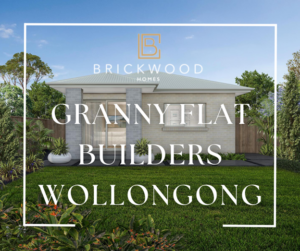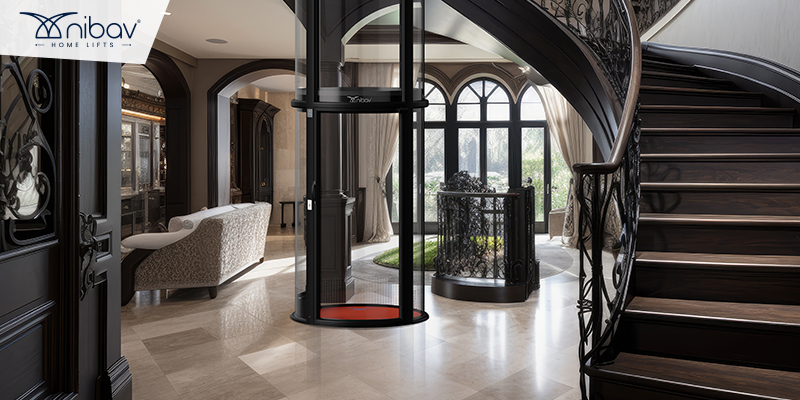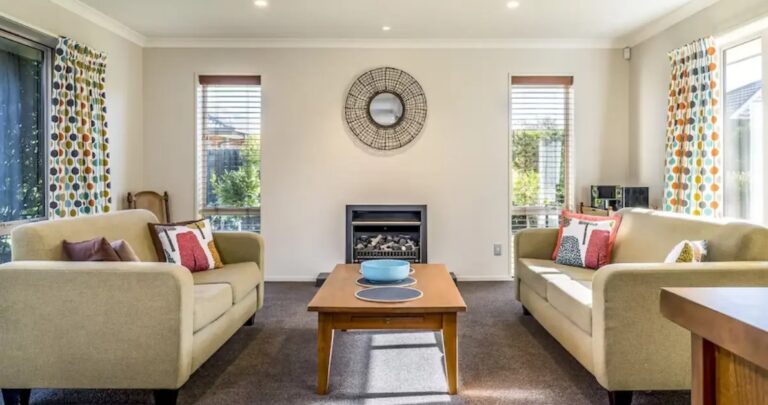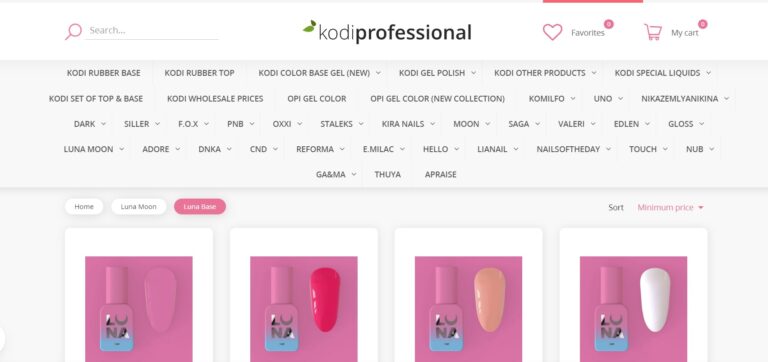Aesthetics and design considerations for home lifts have become increasingly important as homeowners seek elevators that not only serve a functional purpose but also enhance the overall interior design and ambiance of their homes. Here are key considerations when it comes to the aesthetics and design of home lifts:
1. Customization and Personalization:
- Material Selection: Choose materials for the lift’s interior and exterior that align with the overall design theme of the home. Options may include wood, glass, stainless steel, or other high-quality finishes.
- Color Palette: Consider a color palette that complements the home’s interior. Some homeowners prefer a neutral palette for a timeless look, while others may opt for bold or contrasting colors.
2. Architectural Integration:
- Seamless Integration: Work with architects and designers to seamlessly integrate the home lift into the overall architectural design of the house. The goal is for the elevator to complement rather than disrupt the aesthetic flow of the space.
- Matching Style: Ensure that the design of the lift matches the architectural style of the home, whether it’s traditional, modern, minimalist, or eclectic.
3. Space Efficiency:
- Compact Design: Opt for space-efficient lift designs, especially in homes where space is limited. Compact elevators can be integrated into existing structures without dominating the available space.
4. Lighting and Illumination:
- Ambient Lighting: Incorporate ambient lighting within the lift cabin to create a pleasant and inviting atmosphere. LED lighting with customizable colors can enhance the overall aesthetic.
- Illuminated Controls: Consider illuminated controls and indicators for both functional and aesthetic purposes.
5. Transparent or Glass Designs:
- Panoramic Views: Glass-walled elevators provide a sense of openness and can offer panoramic views of the surrounding environment. This design choice is especially popular in homes with scenic views.
- Transparency: Transparent designs contribute to a modern and luxurious aesthetic, allowing natural light to flow through the lift.
6. Design Harmony with Home Interiors:
- Consistent Design Language: Maintain a consistent design language between the elevator and the home’s interior. This includes considerations for flooring, wall treatments, and other decorative elements.
7. User Interface and Controls:
- Intuitive Controls: Design user interfaces and controls with an emphasis on simplicity and intuitiveness. Touchscreen displays and modern control panels can enhance the overall user experience.
- Integration with Smart Home Systems: Ensure that the elevator controls seamlessly integrate with any existing smart home systems, providing a cohesive and modern look.
8. Luxury Finishes:
- High-End Materials: Consider using high-end materials such as marble, granite, or other luxury finishes for an upscale and sophisticated appearance.
- Custom Artwork or Patterns: Some homeowners opt for custom artwork, patterns, or textures within the elevator cabin to add a unique and personalized touch.
9. Minimalist Design:
- Sleek and Clean Lines: Embrace minimalist design principles with sleek and clean lines. This approach can create a timeless and sophisticated look.
- Hidden Components: Explore options for concealing mechanical components to maintain a minimalist aesthetic.
10. Future-Proof Design:
- Modular Components: Choose a design that allows for modular components, enabling easy upgrades or modifications in the future.
- Adaptability: Design the elevator to be adaptable to changes in home decor or style preferences over time.
11. Regulatory Compliance:
- Safety and Compliance: While focusing on aesthetics, ensure that the design complies with safety regulations and standards. Safety features should be seamlessly integrated without compromising the overall look.
12. Maintenance Accessibility:
- Easy Maintenance Access: Consider designs that allow for easy access to maintenance components. This ensures that any necessary servicing does not disrupt the aesthetic appeal of the elevator.
The aesthetic and design considerations for Air Driven lifts are diverse and can be tailored to meet the specific preferences and needs of homeowners. Collaboration between homeowners, architects, designers, and lift specialists is key to achieving a harmonious and visually appealing integration of home lifts into residential spaces.




















